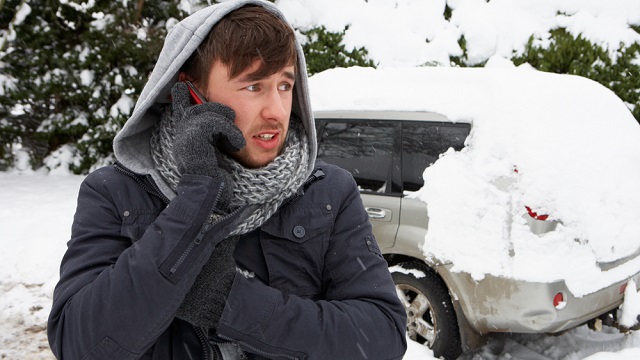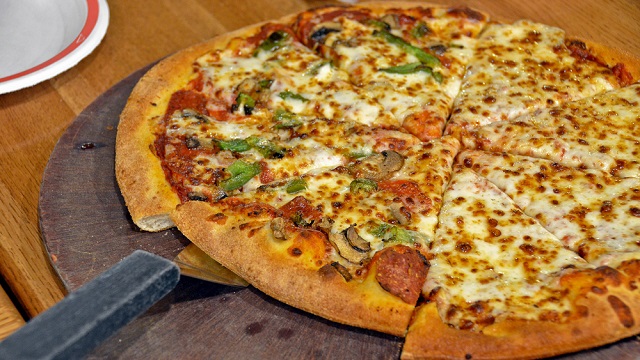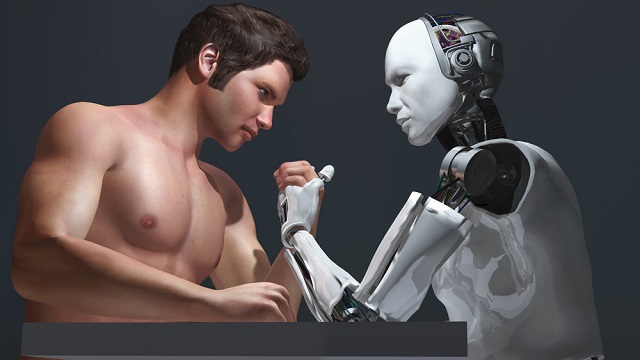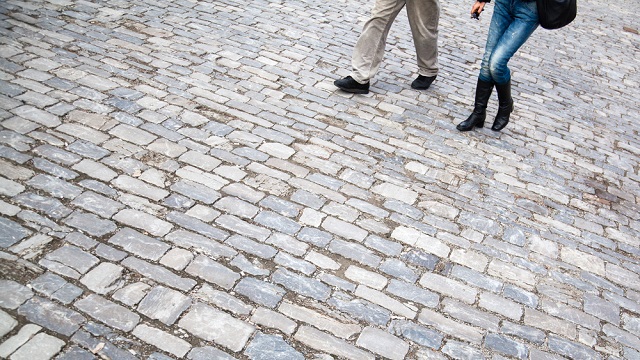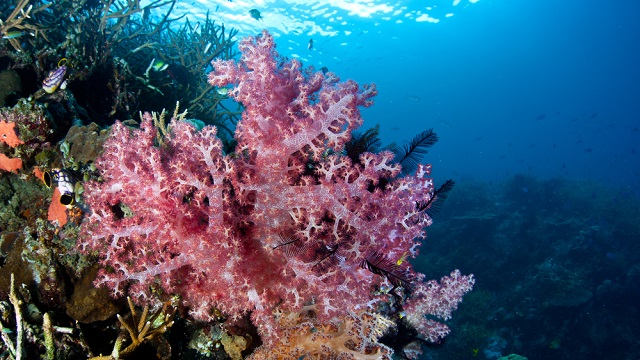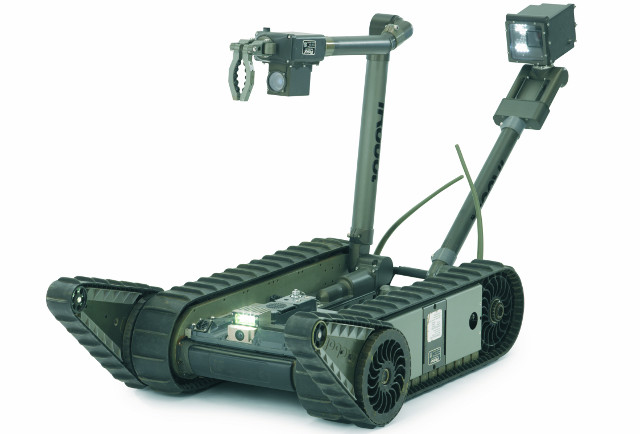Kecia Lynn
Kecia Lynn has worked as a technical writer, editor, software developer, arts administrator, summer camp director, and television host. A graduate of Case Western Reserve University and the Iowa Writers' Workshop, she is currently living in Iowa City and working on her first novel.
Minneapolis-based Miinome is still getting off the ground, but once it does it could become the world’s first “member-controlled human genetic marketplace.”
German carmaker Daimler has announced plans to put QR code stickers on its Mercedes-Benz vehicles, providing emergency personnel with valuable information that can be accessed via a smartphone at the scene.
In a recently released report, an organization proposes that content owners be allowed to distribute software that could perform unpleasant actions on the computers of those caught downloading or viewing content illegally.
An idea whose time has come: A team of Australian designers has developed a game that can be installed on public transportation vehicles, allowing riders to play together during trips.
Deutsche Bahn wants to deploy the devices in order to reduce cleanup costs reported at $10 million annually. However, they may have to contend with a public that’s extra-sensitive to privacy issues.
As more businesses ditch employee landlines, estimates show that within the next three years, single-phone users will outnumber those with separate work and personal phones.
“Star Trek” reference aside: Some universities are adding a fifth year to their undergraduate engineering curriculum in order to give students time to catch up on core skills. It’s a concept athletics departments call “redshirting.”
Strategist and CEO Amy Jo Martin says that not only should we not fear young kids’ use of social media, we should teach them to view it as a personal branding tool for their future success.
A small but growing number, mostly women, are entering cohousing arrangements that provide social interaction while still encouraging independence.
A proposed People’s Terms of Service Contract would provide a weapon against the often opaque and non-negotiable contracts designed to protect corporations at the expense of users.
Two University of California-Davis graduate students have created a textile that uses microfluidic technology to direct liquid completely away from itself, which could result in extra-sweaty equipment.
To kids and adults who fear injections, Buzzy looks like a plastic toy. However, when applied to the skin, its vibrating motor and ice pack block the pain of the needle.
With the launch of the mobile platform UberAds, advertisers will be able to use a potential customer’s publicly-available data — including their GPS location — to deliver extremely specific promotions.
That’s the most optimistic date presented by the US military, assuming current research continues. Earlier this month, an Air Force experimental aircraft hit a top speed of Mach 5.1.
We may soon find out: NASA just gave Systems & Materials Research Corporation a six-month, $125,000 grant to develop a working prototype of a food synthesizer.
A study of participant data from the citizen science project GLOBE at Night shows that on average, people’s observations of artificial night sky brightness were surprisingly accurate compared with satellites.
The Environmental Defense Fund’s Jamie Workman says that suppressing natural forest fires has resulted in a surplus of trees that deprive humans and animals of water and habitat space. His solution: Get out the chain saw.
Silicon trunks and titanium oxide branches mimic the process of photosynthesis by converting sunlight into hydrogen and oxygen, both of which can then be used to power fuel cells.
When both fresh and salty water sources are considered, the US could grow enough algae for up to 25 billion gallons’ worth of biofuel, enough to cover one month of the country’s yearly fuel needs.
A new paper outlines the problems involved in relocating communities that are losing their land to climate change, and warns that other coastal areas could find themselves in the same position.
Scientists at USC believe “Ellie,” a combination of sensors and software, could possibly revolutionize talk therapy by giving human therapists information on patient biometrics.
In the past, new technologies brought new jobs. Today, some experts foresee a future in which automation could take millions of people out of the workforce completely.
His latest novel, Joyland, will be released on June 4 in print form only. Ironically, in 2000 King was one of the first major writers to make a story of his available exclusively in e-book form.
Faced with data showing the first-ever decline of pay-TV subscribers over a 12-month period, a skeptic of the phenomenon is starting to reverse his position.
A Wisconsin engineer has used a schematic briefly released online earlier this month to design a working prototype with a US$1,725 3D printer and $25 worth of plastic.
MIT scientists have combined a biosensor wristband, a special smartphone, and a mirror attached to a computer to create a system that lets its user review the emotional highs and lows of their day or someone else’s.
Microsoft’s TwedEx is one of several systems being developed that would use technology to deliver packages to people on the move using other people on the move as couriers .
Marine biology professor David Smith and his students spent a total of 15 hours participating in lectures held 18 meters below the surface of the ocean. Sophisticated audio technology allowed them to interact with each other.
On May 28, a four-decades old ban on the import of these products will be relaxed, allowing Americans to experience culinary traditions dating back centuries.
The robots, which have seen action in Afghanistan and Iraq, will be part of a broad-spectrum security and surveillance effort designed to make the next World Cup “one of the most protected sports events in history.”












